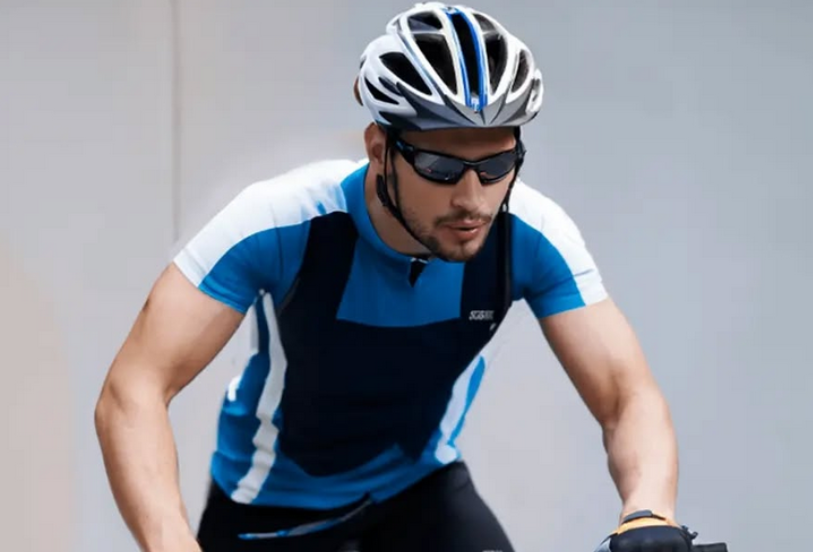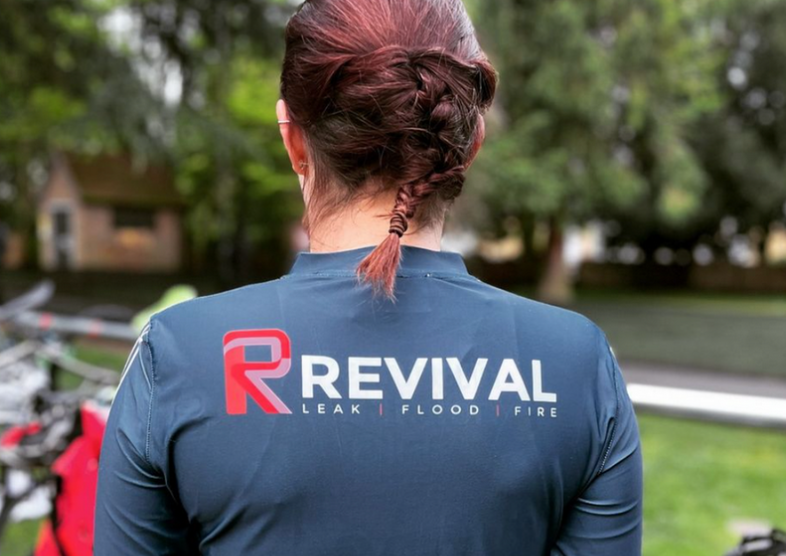3 Interesting Design and Performance Tips for Cycling Team Uniforms

Whether you’re a local club chasing weekend podiums or a corporate squad training for charity fondos, cycling teams are starting to treat their jerseys like essential gear, not just a rolling billboard.
Materials now rival running shoes for tech, fits are discipline-specific, and design trends move almost as fast as aero wheels.
Below are three field-tested tips to help you spec a kit that looks sharp and makes your crew quicker and more comfortable.
Tip 1 – Choose High-Performance Fabrics
The foundation of any great jersey is the material. Sports Gear Swag’s custom performance cycling jerseys use textiles engineered for specific conditions. Lightweight polyester blends use open-weave yarns to accelerate moisture transfer, allowing sweat to evaporate and the fabric to dry in minutes, which is essential for hot summer rides.
Roubaix-style thermal fabrics feature a brushed fleece interior for colder temperatures, trapping a layer of warm air against the skin. Look for fabrics with a Durable Water Repellent (DWR) coating for wet and windy conditions.
These options block drizzle and cut wind chill without the bulky feel of a traditional rain jacket.
Here are the essential technical features to look for when selecting performance cycling jerseys:
- Moisture-wicking micro-channels to pull sweat away from the skin
- 4-way stretch for an unrestrictive fit in the on-bike posture
- UPF 50+ rated yarns to provide sun protection without chemical sprays
- High denier count in the rear pocket panel to prevent sagging and improve durability
Be aware of the rules if you plan to race in sanctioned events. Local clubs and amateur racing associations mirror these limits, so double-check the rulebook before ordering.
Tip 2 – Nail the Fit for Your Discipline & Terrain
A jersey’s cut should match its intended use. Road racing demands a second-skin “aero” fit to save watts, while gravel riders benefit from a slightly more relaxed torso for comfort. Mountain bike jerseys often feature reinforced panels and a looser cut for mobility.
Terrain & Speed Influence on Aerodynamics
Small details in fit make a significant difference at speed. A wind-tunnel study showed that moving a seam from the top of the shoulder to the biceps reduced aerodynamic drag by 3% at 40 km/h. Modern features like laser-cut sleeve grippers and bonded hems trim drag, creating a smoother transition from fabric to skin.
Inclusive Sizing & Gender-Specific Patterns
Performance shouldn’t be limited by sizing availability. No one on your team should settle for a generic “unisex” fit.
Reputable makers provide women-specific patterns with a shorter torso and contoured shape and offer extended men’s sizes. The payoff is equal comfort and performance gains across your entire roster.
Tip 3 – Use Smart Design Elements for Visibility

Design should never come at the expense of safety. High-luminosity yellows, pinks, oranges stand out most effectively against dark asphalt and green foliage. However, contrast can be more important than brightness. A design with strong light-dark patterns is often more visible than a single bright color.
Logo & Sponsor Placement
Clean and professional logo placement elevates your team’s look. For visual balance, follow the rule of thirds:
- Place primary logos in the center of the chest or mid-back
- Relegate secondary sponsors to the side panels, shoulders, or sleeve cuffs
- Avoid splitting intricate logos across a full-length zipper
Pattern & Graphic Trends
Current design trends in cycling apparel reflect a shift toward sophisticated aesthetics that balance style with visibility. Here are the dominant patterns shaping this season’s collections.
- Subtle gradients are replacing the loud, dramatic fades of previous seasons.
- Geometric line art and minimalist patterns on monochrome bases create a sharp, modern look.
- Minimalist single hue kits are paired with neon socks and helmets for a pop of high contrast color.
These evolving trends allow riders to express personal style while maintaining the professional appearance demanded by competitive and recreational cycling communities.
Whether you prefer understated elegance or bold accents, modern designs offer options that perform as well as they look. Gone are the days of ugly, chunky silver reflective tape.
Modern technology allows for print-through reflective inks, which can be embedded directly into the design. This provides 360-degree visibility in low-light conditions without compromising the kit’s aesthetic.
Steps Custom Jersey Workflow
Navigating the custom apparel process is straightforward if you follow a structured plan. Use this workflow to ensure nothing gets missed:
- Kick-off conversation: Clearly define your team’s performance goals, budget constraints, and delivery deadlines with your chosen vendor.
- Decide on features: Select the specific fabrics, pocket configurations, zipper types, reflective elements, and seam construction for your kit.
- Lock in the design: Finalize colors (using Pantone codes), establish a sponsor hierarchy, and provide all logos as high-resolution vector files.
- Approve a production-grade sample: Always request a physical sample jersey. Test ride in it, wash it, and stretch it to ensure it meets your expectations for quality and fit.
- Finalize the order and size runs: Collect sizes from all team members and consider ordering 10% extra stock to accommodate new members or replacements.
Following this systematic approach minimizes delays and prevents costly revisions. Most reputable manufacturers complete custom orders within 4 to 8 weeks from final approval, so plan accordingly for your event schedule.
Clear communication at each stage ensures your finished jerseys meet both performance standards and aesthetic expectations, delivering gear your team will wear with pride for future seasons.
Gear Up, Stand Out, and Ride Faster
Your team’s kit is more than fabric and ink. It represents shared goals, collective effort, and pride in looking and performing your best on every ride.
By prioritizing performance fabrics, discipline-specific fits, and thoughtful design elements, you create uniforms that enhance comfort, boost visibility, and project a professional image.
The custom jersey process doesn’t have to be overwhelming. Combining technical knowledge with a straightforward workflow transforms apparel decisions from guesswork into a strategic advantage.
Use these tips as your blueprint, follow the workflow, and invest in quality that pays dividends every time your team clips in.
